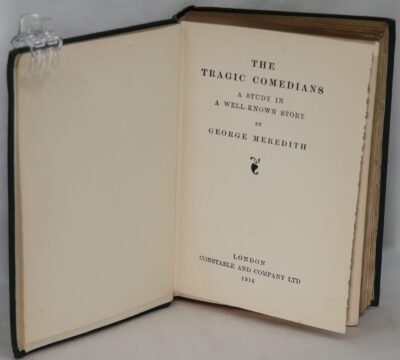Maritime Supremacy & The Opening of the Western Mind.
By Peter Padfield
ISBN: 9781585670024
Printed: 1999
Publisher: John Murray. London
| Dimensions | 17 × 24 × 4 cm |
|---|---|
| Language |
Language: English
Size (cminches): 17 x 24 x 4
Condition: Fine (See explanation of ratings)
Item information
Description
In the original dustsheet. Green cloth binding with silver title on the spine.
-
F.B.A. provides an in-depth photographic presentation of this item to stimulate your feeling and touch. More traditional book descriptions are immediately available.
In the wars of modern history, maritime powers have always prevailed over land-based empires, whether Habsburg, Napoleonic, Nazi or Soviet. This work charts the growth of linked strengths – fighting, trading, financial and constitutional – that made them so formidable.
Review: I love history, and naval history is one of my favorite areas of study. I already had copies of Padfield’s earlier series on the same subject, and this new trilogy is even better. It doesn’t start quite as early, but it goes all the way to the modern era.
The books are about naval exploration, discovery and war, and how they influenced the development of western civilization. This first volume covers the era from the attempted Spanish invasion of England in 1588 through the uniting of the United States in 1787. Wars, especially naval wars, are fought for a variety of reasons, but tend to be more about trade than outright conquest, and the nations fighting them usually want something other than land. This book does a good job of explaining all that. It gives great detail to each campaign and battle, but its real concern is the reasons behind those campaigns and how the world’s beliefs, desires and attitudes were shaped by them. I’m not sure it’s for everybody, but I like it
Peter Padfield made his name with works on naval gunnery and warships: Guns at Sea, The Battleship Era, Armada and War Beneath the Sea. He is also a practical sailor. He trained as a cadet in HMS Worcester and sailed with the replica seventeenth-century bark Mayflower II to Massachusetts.
Want to know more about this item?

Related products
Share this Page with a friend












